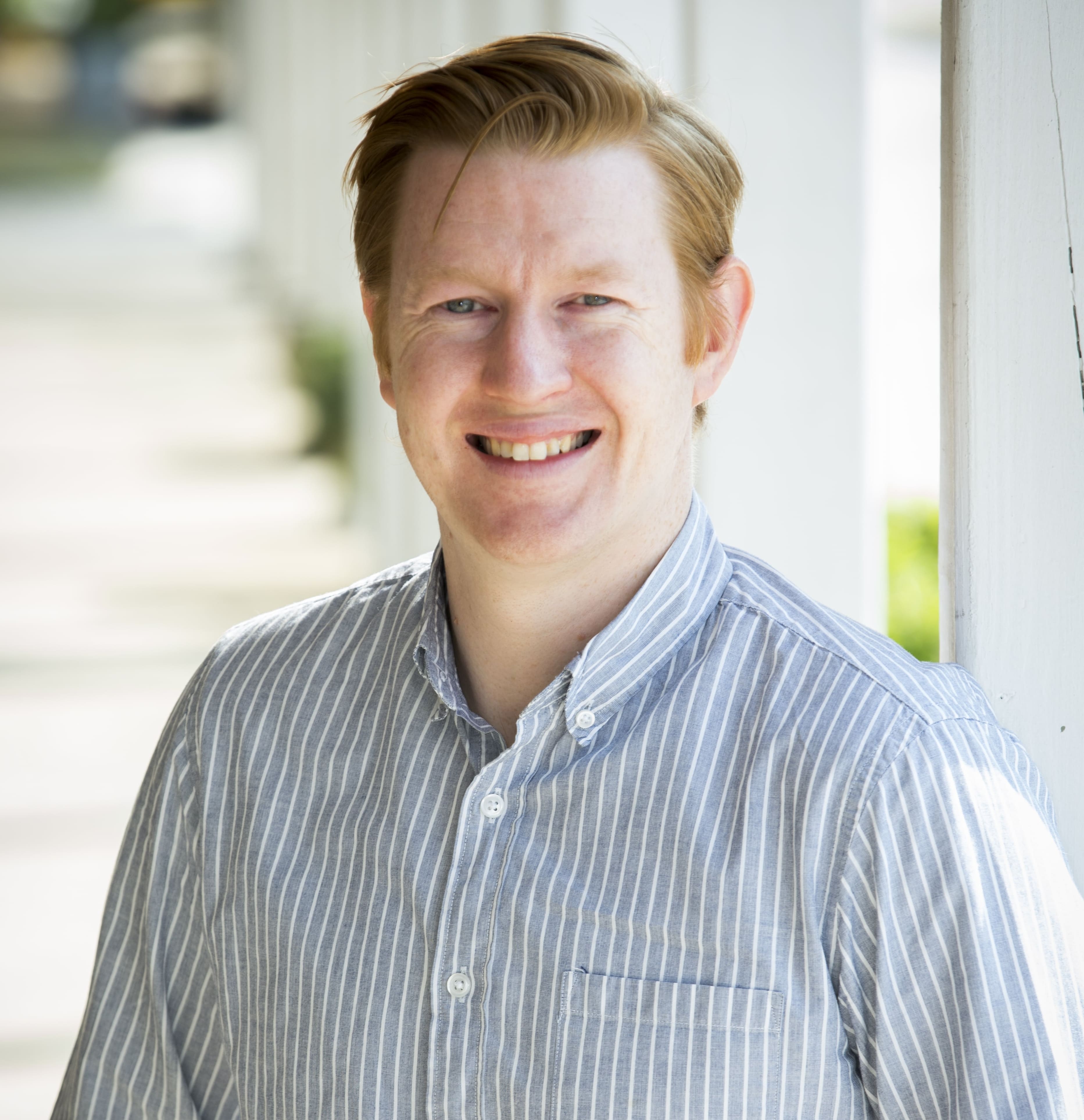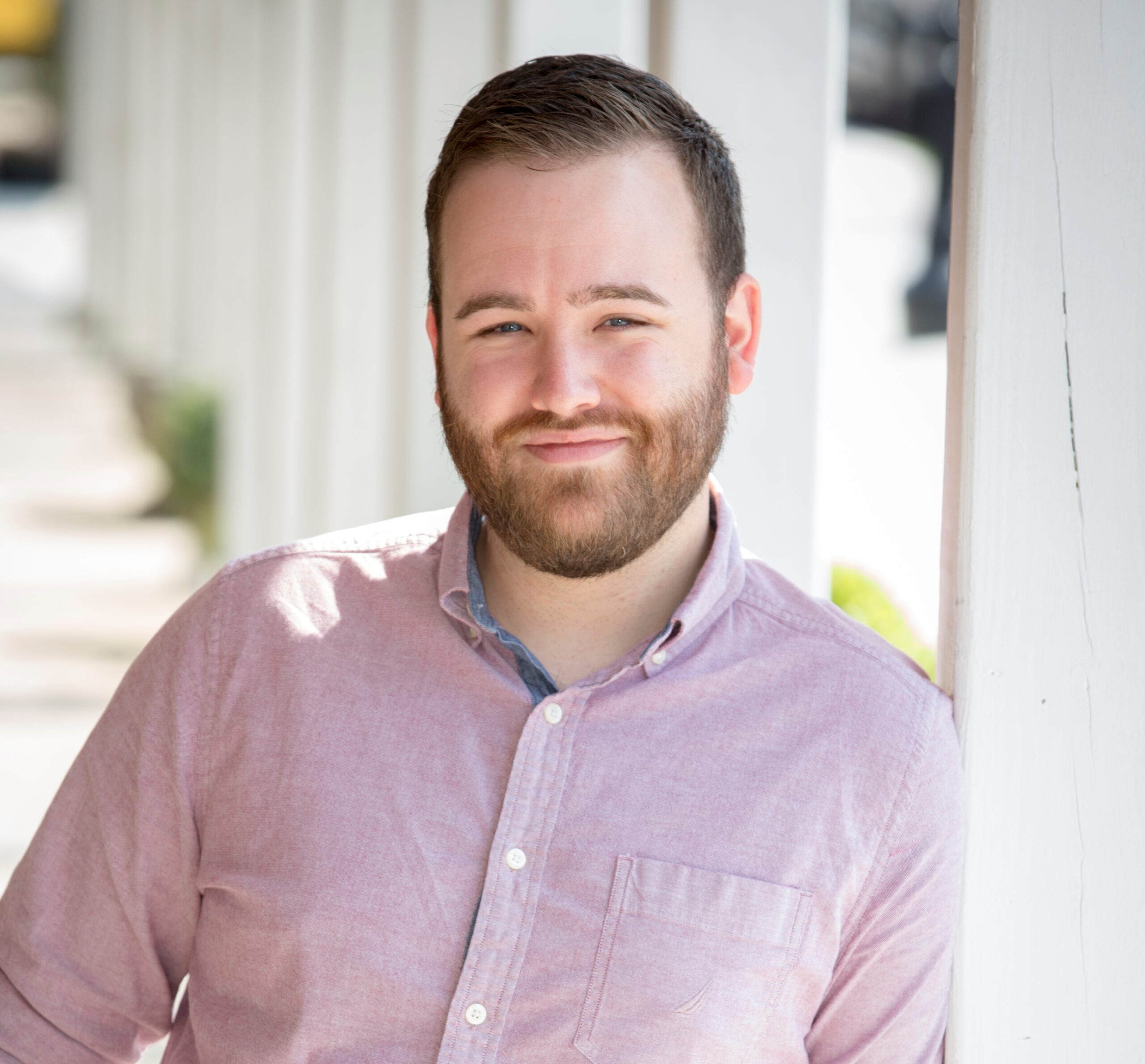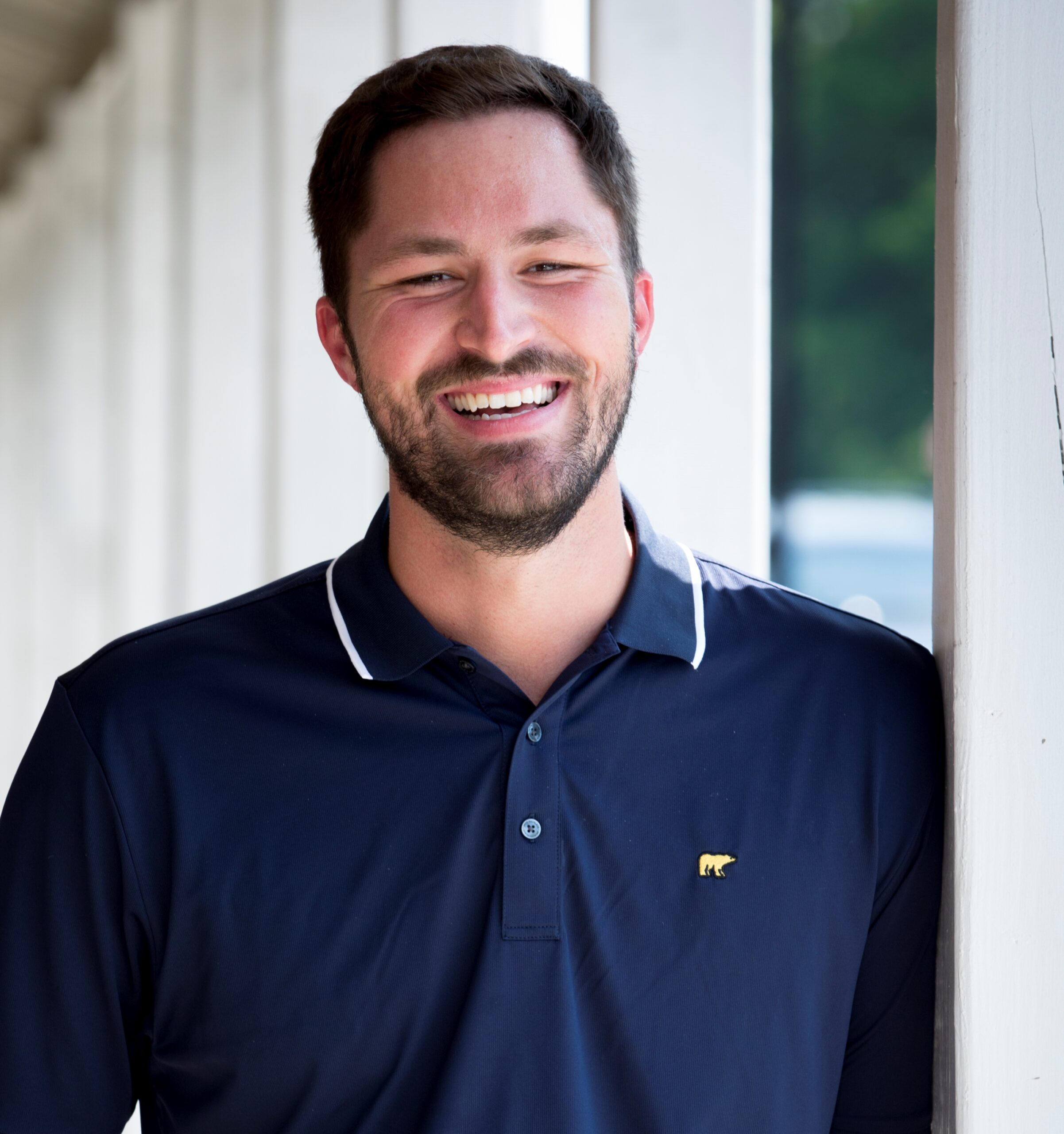Episode Highlights:

Rich Briddock: “The most effective thing that you can do to increase conversions is make it easy for the patient all the way through the process…it’s not just enough to be visible. Once you drive that person to your experience, you have to make it easy for the patient to understand why they should pick you and take action.”

Lauren Leone: “Healthcare organizations are restricting their patient base by saying, ‘I only take phone calls,’ or, ‘I only have an online scheduling system.’ Think operationally about how you can make it easier for the patient to not only show up for their appointment, but make it easy for them to book one too.”

John McAlpin: “We’re finding success in creating more user-focused content on more unique topics. We’re doing deeper research beyond general keyword research. We cover our bases, but go beyond that and do other tactics to find what patients are really looking for and creating content for that.”

Landon Daugherty: “What you can use paid social to do is to provide incremental customers that are not ready to convert right away an avenue to gain awareness for your brand and for your company. In healthcare, it’s important for the consumers to know and like your brand before they can trust your brand.”
Announcer: Welcome to the Ignite Podcast, the only healthcare marketing podcast that digs into the digital strategies and tactics that help you accelerate growth. Each week, Cardinal’s experts explore innovative ways to build your digital presence and attract more patients. Buckle up for another episode of Ignite.
Alex Membrillo: Welcome, everybody, to Ignite. Excited to have you all listening. This is going to be the relaunch version of our podcast, all things healthcare marketing, still. However, we are going to now be doing interviews with our experts, the Flockers, here at Cardinal that lead their departments. I’m really excited to have you guys listening. Every week, you can count on an episode being released. 7-10 Minutes, Quick Hits. Not just high-level stuff, but actual tactical ideas you can take back to your healthcare org and implement immediately, and help you find more patients and help them get the care that they need.
This is going to be a great blend. You’ll hear interviews from the experts that are in the trenches actually working with our groups from 2 to 250 locations, and they’re going to give you really tactical advice. I’m really excited about that. Staying high-level, really excited about where things are going. I’m going to date this, February 25th 2021. I think COVID is going to be ending soon. That’s my prognostication. Vaccines are working well. I’m not going to let CNN or Fox News tell me that’s not going to work.
I’m optimistic this thing’s going to come out. How does that affect you? It matters, it matters, it matters for how people are going to want to book appointments, how they’re going to want to get care. A lot is going to change this year. It’s going to be really important that all of us healthcare marketers stick around. We still get inquiries all of the time from provider groups that were so used to getting provider referrals to grow their business, that they have not done the leap to market online to find patients.
There was a survey that was just announced from Kryuus that said, 28% of people, when they are trying to find a specialist, do their own research. 28%. That’s nearly 70% that are going to go through either the insurance or a PCP, but there’s almost 30%, a third of the patients out there are going to go online and do their own research. If you are not present, you’re going to miss out on those orthopedic surgeries, on those orthodontic surgeries, on those cardio client patients. You’re going to miss out on all of that if you’re not present online.
Now, very important to be online marketing directly to patients. No shame in the game. It doesn’t mean you shouldn’t also have your liaisons and you shouldn’t be marketing to all the providers for referrals. However, going direct to consumer, very important. We’ll continue that way, as COVID just exponentially shrunk the timeline to get provider groups online. Everybody is online. Your out-of-home is not working as well. Your direct mail is not working as well. I know that because we just got our State of Healthcare Marketing Survey returned to us, and has said all of those things directly from you great and smart healthcare marketers.
Those things are not working as well, and you are investing more in digital marketing this year than you ever had. I love that. That’s music to our ears. We’re happy. We’ve been saying that, Rich, for 12 years now, that they should all be marketing online. Now they’re listening. Now everybody’s listening more. Isn’t that crazy?
Rich Briddock: Yes, sometimes it just takes a minute.
Alex: Now the minute has become 10 seconds. We all got to get online and start marketing. Let’s get into it. Rich, oh, boy. Rich is our SVP of strategy, analytics, performance, marketing, creative. This is a beautiful mind he’s got in there. He’s creative and analytical. He’s the only one in the world like him. No, you can’t have him. Rich, what’s marketing’s role in ensuring patients receive an exemplary patient experience? They’re trying to take their campaigns to the next level. What do you suggest? Where do they start?
Rich: Thanks for throwing me an easy one for 500, Alex.
Alex: Jackpot.
Rich: I think what we’ve seen drive success, and I’m going to shamelessly plug my own department here, the most effective thing that you can do is really make it easy for the patient all the way through the process. If you go back to that stat of how many people are doing research now, especially in the low-acuity space to find a provider, it’s not just enough to be visible. Once you drive that person to your experience, you have to make it easy for the patient to understand why they should pick you.
Most of these patients who are coming to your website or to your landing pages, they are solution-aware. They understand that they need this type of specialist, this type of provider. You’ve really got to stand out and help them understand why they would pick you as a provider versus the competition in this space. Really hit home on what their value props are, whether it’s convenience, location, insurance coverage, class. You’ve got to make sure that you’re conveying that, all parts.
Then once you’ve actually got them to convert, are they calling you or submitting forms, scheduling an appointment online, just making sure that you’re actively nurturing them to the appointment so that you’re also improving your lead-to-appointment ratio as well.
Alex: You’re finding drop-off in our clients there? That the appointments are being booked and then they’re not showing, or what?
Rich: Yes, it’s just an area that is generally ignored by a lot of providers.
Alex: Happy to get the lead, then don’t do enough to make them show up?
Rich: Yes.
Alex: What should they do to make them show up? What marketing techniques?
Rich: A lot of it is having a solid thank you page once the lead is submitted. If it’s a scheduled appointment online, explaining to the patient what’s going to happen next with the processes. Then in all that, regular text and email communication. Essentially, drip-feeding that to them through a cadence to make sure that they’re ready for the appointment, they know what to expect, and also reinforcing why they’ve made the right decision.
Alex: Brilliant. I got it. Helping them show up, we hear that a lot. Because we’re doing call tracking, we hear this in the call recordings,” Hey, your calls are going to voicemail. You’re not even getting the lead. Oh, you got the lead, and no one is actually booking the appointment right there and right then with them.” You’re seeing all that happen. We’ve got great CRO sessions. They’re going to be going on with Rich. This is next-level marketing stuff. I know a lot of y’all aren’t there yet, but Rich gives great tips on our CRO discussions about how to make sure that your paid media campaigns and your SEO, for that matter, are driving more patients out of the same dollar.
CRO, you’re going to hear about it a lot this year. That’s where marketers are going that are creative, does better performance. Thanks, Rich. Lauren, what’s up? Patients are demanding easier, more convenient access. What do healthcare organizations need to do to get patients what they want? How do you make it easy to get care?
Lauren Leone: You mentioned the stat earlier about the portion of patients that are going straight to the internet to find a provider. Let’s not forget that the other percentage who are being referred are still going to validate that referral from a friend, a family member, a provider. They’re going to make sure that that is a valid choice. Regardless of how they’re finding you, in order to make it easy for the patient, consider how are you allowing the patient to engage with you and make sure that you have all of the options.
I think too often, healthcare organizations are restricting their patient base by saying, “I only take phone calls,” or, “I only have an online scheduling system. I don’t want anyone to call me.” Think operationally about how you can make it easier for the patient. That goes hand in hand with what Rich said. Make it easy for them to show up for their appointment, but make it easy for them to book one too. Typically, what I’m recommending to the prospective clients that I’m meeting with on a daily basis, is to find a way to make intake easier on the patient.
Alex: I’m going to put you on the spot. You’ve got a newer healthcare group that has learned. I’ve got to go online to find patients. Not enough are coming through referrals. Top three marketing choices. Nobody else get offended on this call, please. Lauren, top three. What’s the first thing a provider group needs to do?
Lauren: You talk in tactics, Alex.
Alex: Tactics. Give me the top three.
Lauren: I’m always challenging my clients who are interested in paid media to just ensure that they have a good foundation with their SEO program.
Alex: Oh, John loves it. What’s next?
Lauren: Technically, is your site really solid? Can Google find it? If that’s the long game, then what is the short game? How are we going to drive patients today, tomorrow, next week, next month? That is paid search. Bottom of the funnel, who is already there raising their hands that you can capture at the lowest possible cost per lead? Then think about, when I’ve tapped out, totally maxed out those sources, I then need to go create interest. I have to generate my own pool. I would move to social media for that. I would be branding my practice, my group. I would be feeding those leads down to my SEO and my paid search programs.
Alex: I love it. Thank you. Oh my gosh, Landon, we got to get to you next. These are fighting words that we’re hearing. Everybody, that was Lauren. She’s our SVP of client services. She’s been in the game for nearly a decade and Cardinal almost the entire time. I don’t let her out to find out what else is out there because she’s our special unicorn. Landon, what’s up? Fighting words. Number three is, do you agree with that, a small provider group new to digital? Should paid social be the third? When does it make sense, and how does it help?
Landon Daugherty: I think paid social plays a lot of roles in getting patients into specific locations. I think that, obviously, your paid search is going to capitalize on your lowest-hanging fruit, and that’s always going to be consistent. Really, what you can use paid social to do is to provide incremental customers that are not ready to convert right away. You’re really allowing paid social as an avenue to gain awareness for your brand and for your company. Really, in healthcare, it’s important for the consumers to know and like your brand before they can trust your brand.
When you build a funnel, you really want to make sure that you’re hitting people that want to know you with your awareness campaigns. In that, you can push COVID messaging. You can say how you’re really relating in COVID and how that impacts your day-to-day, your live messaging so that your traffic campaign is driving traffic to the website. Then ultimately, once you have that bottom-funnel user, you can convert them on social within your trust campaigns.
That sort of conversion-focused campaigns, really going after that bottom funnel and just tackling on some of those users that may not be ready to convert right away. If you have them in your social funnel from your awareness, from your live campaign, you’re really able to get a really great CPA from social after already building out that funnel. That’s really where social plays a big impact in healthcare marketing.
Alex: I’m seeing that Landon’s goal in life is to drive a better CPA than search. That’s the first thing he told me before he came on Cardinal. I said, “Challenge accepted. Rich is going to be coming after you.” Landon’s accomplished it. Some of our biggest behavioral clients, orthodontic dental, better CPA than search, when does it make sense? A small provider group may hear that and say, “Okay, I’m going on social. Let’s do that before search.” How have you been able to do that? Do you need that scale for the algorithm to learn? What’s the key there because those are some– [crosstalk].
Landon: Scale definitely plays a point in it. It’s really about how much money you have to really build out that funnel and nurture your consumers because, really, what you’re going to find is that that lowest CPA is going to come when you have awareness campaigns, when you have traffic campaigns. Then you look at the strategies that work there and then find the highest converting user to target in your direct response campaign. Really, what you want to do is that if you have incremental money, paid social is a great tactic that going in, and getting some more incremental customers that you wouldn’t find in paid search.
Really, the CPA comparatively to paid search is going to come whenever you have that full-funnel system in place, where you’re actively finding new users that are just ready or not ready to convert right away, but you’re really informing them of your offerings, getting them the buy-ins to your brand, and then targeting them when they’re ready to convert right away. It’s definitely a tactic that plays well with search. Really, it’s about scaling outside of search. It’s about finding incremental customers that you were already going to convert and persuading them to convert on social.
Alex: New revenue stream, basically, because you’re going to find people that weren’t quite there. I love it, Landon. It has turned out you have accomplished the mission in many cases. We’re thankful for it and our clients love it. We’re still learning how exactly social plays in, but it definitely does. My more advanced groups, your SEO, and your search is going really well. Social can be great, especially when you have someone like Landon that’s running it. Thank you, Landon. John, Lauren gave me number one, SEO. Oh my gosh, the man after my own heart. I love it. What’s the biggest change happening in SEO everybody needs to know about? What’s going to be going down this year?
John McAlpin: The biggest change is that, if you look back, everyone has access to keyword research. Everyone’s creating, basically, the same amount of content, same types of content answering the same question. Whereas the change is that we’re seeing success is focusing on more user-focused content with more unique topics. We’re doing deeper research beyond the general keyword research. We cover our bases, but beyond that, we do other tactics to find what patients are really looking for and creating content for that.
A keyword research may say there are maybe 50 searches per month, yet we’re getting thousands of sessions per month for new content that we’re creating that’s more user-focused.
Alex: I got you. Do we use tools for that? I had a webinar yesterday, and I said Screaming Frog, SEMrush, and just going and looking at competitor sites to see what they’re writing [crosstalk]
John: Here’s a freebie for them, for our audience. Screaming Frog and all that, that’s all for technical. For content and trying to find what people are looking for, something that’s beyond keyword research, AlsoAsked.com.
Alex: AlsoAsk?
John: Asked. As in ed, as in past tense. Looking at that, you can see it takes content directly from the People Also Ask API, and you can see the natural journey of where people are searching. They searched for this question, then the next logical question would be these two questions. Now, they search for this other question, the next logical step would be these questions. You can actually map out a patient journey that way, and find out some unique questions that you wouldn’t find in your typical keyword research.
Alex: I love it. Then we write about it, we throw it into the FAQ, and a scheme on the location service pages, all that fun stuff. AlsoAsked. I said Ubersuggest on a webinar and then I said, “I don’t know if we actually use that.” Got it. Okay, that’s good. Finding and writing about relevant stuff going to be hugely important. I know we’re going to talk about moving from keyword to content-specific SEO. That’s going to be a big thing. What’s happening in May?
John: People are shifting to another way of looking at– We all know about page speed and how fast your site loads is important because Google knows that users will bounce with a poor-loading and poor-performing site. Google stepped it up a bit. There are three new metrics to pay attention to. You can use their same PageSpeed Insight tool or Lighthouse, which is what it’s also called, to measure your site’s performance.
If you don’t meet the criteria of– It’s a scale of 0 to 100. If you don’t meet 90 to 100, you’re not going to get the ranking boost. It’s not going to be a penalty. For like 5% of websites, maybe even 1% of websites actually meet that goal, you’re going to get a ranking boost.
Alex: I love it. Make sure all your websites are optimized. Not only for the mobile speed but experience too. Long dwell time, short bounce times. We measuring all that fun stuff, guys, Google Search certainly is. Thank you, guys. That was fun. You just heard from Rich, SVP of performance, marketing; Landon, director of paid social; Lauren, SVP of client services; John, director of SEO. These are the people that are going to be joining me on Ignite. Maybe I’ll bring some new Flockers, some different ones every now and then to give you different perspectives on analytics, and creative, and all kinds of fun stuff.
We’re going to have lots of guest tours. You can find them all on LinkedIn, I suppose. I prefer you to go to the Cardinal and submit an inquiry there, and I’ll connect you with them there. Anyways, thank you all for joining us on Ignite. I look forward to the upcoming conversations.
Announcer: Thanks for listening to this episode of Ignite. Interested in keeping up with the latest trends in healthcare marketing, subscribe to our podcasts and leave a rating and review. For more healthcare marketing tips, visit our blog at cardinaldigitalmarketing.com.





